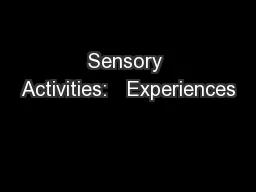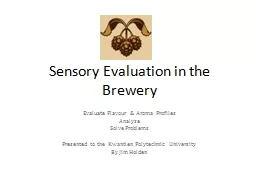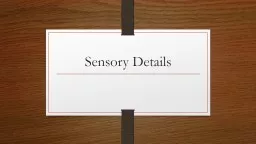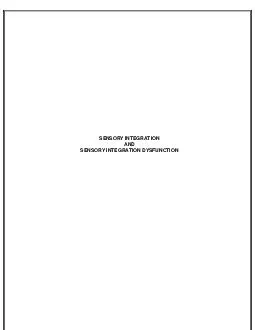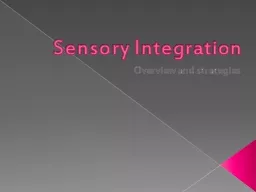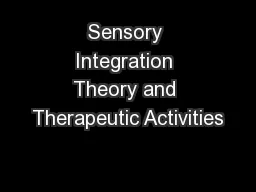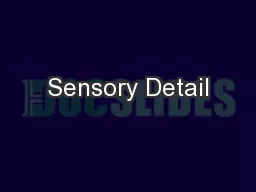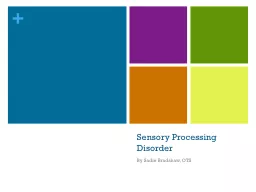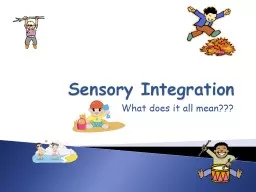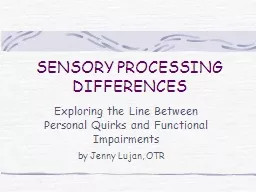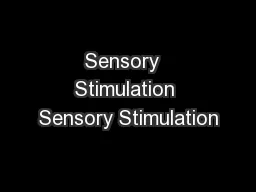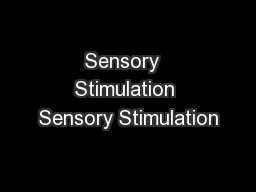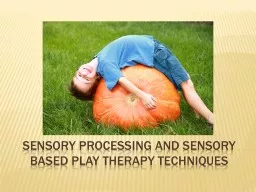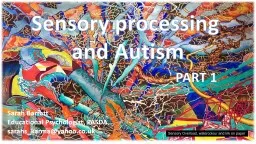PPT-Sensory Activities: Experiences
Author : liane-varnes | Published Date : 2018-03-16
to Improve Communication and Literacy for Children with Visual and Multiple Disabilities Faye Gonzalez TVI amp COMS February 4 2014 My Dilemma With my students
Presentation Embed Code
Download Presentation
Download Presentation The PPT/PDF document "Sensory Activities: Experiences" is the property of its rightful owner. Permission is granted to download and print the materials on this website for personal, non-commercial use only, and to display it on your personal computer provided you do not modify the materials and that you retain all copyright notices contained in the materials. By downloading content from our website, you accept the terms of this agreement.
Sensory Activities: Experiences: Transcript
Download Rules Of Document
"Sensory Activities: Experiences"The content belongs to its owner. You may download and print it for personal use, without modification, and keep all copyright notices. By downloading, you agree to these terms.
Related Documents

